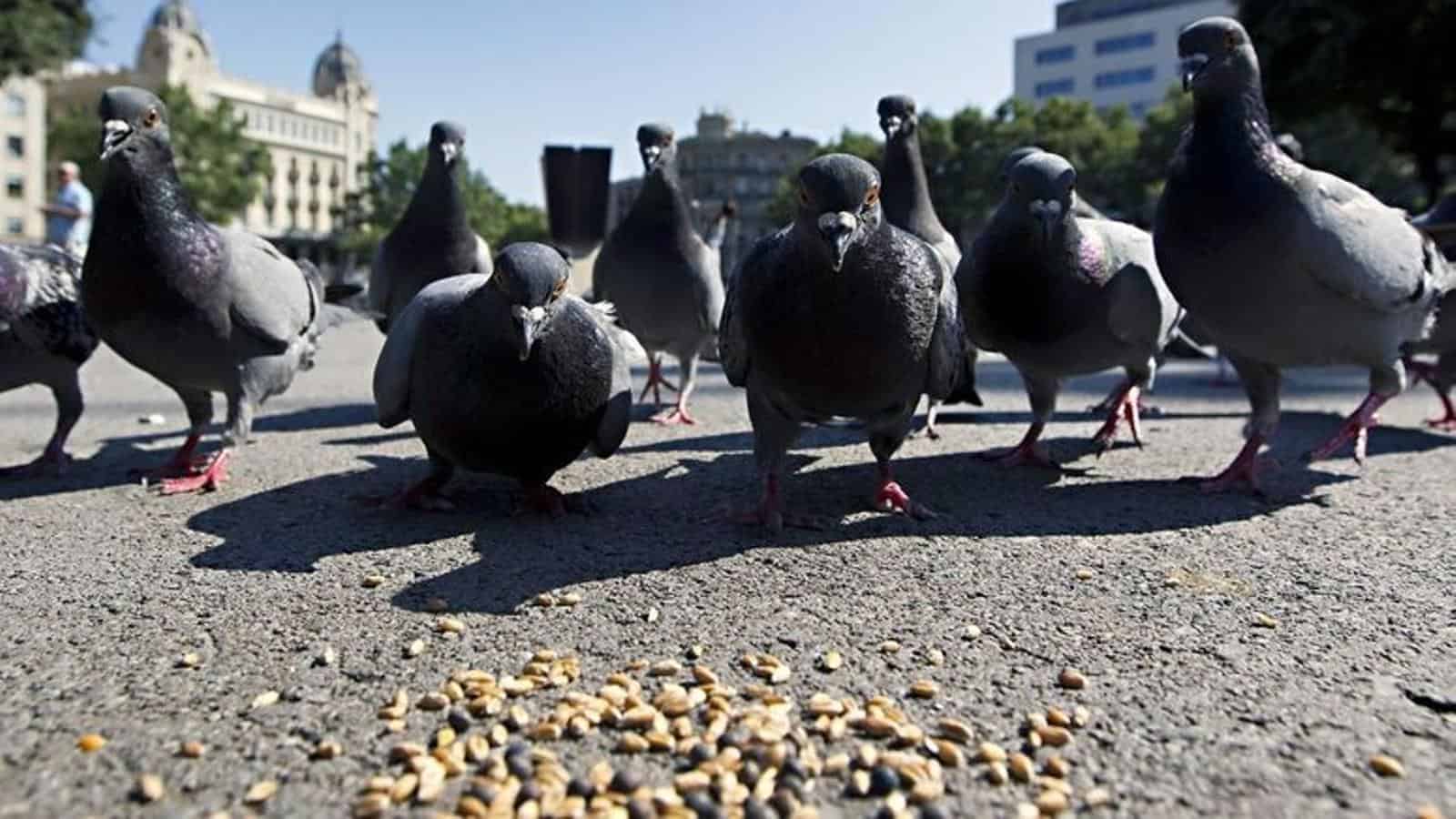
Barcelona faces a problem of overpopulation of pigeons in its streets and public spaces, with estimates suggesting the presence of some 85,000 of these birds in the city.
Excessive food provided by citizens has contributed to this problem and the City Council is taking steps to address the situation.
According to the municipal government, the medium and long-term strategy to control the pigeon population is to reduce the amount of food available to them.
Some 350 people have been identified as “big feeders” of pigeons, who throw more than two kilos of food a day to feed the birds in the city’s streets, squares and parks.
City Council seeks to reduce the pigeon population
To deter these large feeders, the City Council has launched a pilot plan in seven areas of the city.
The goal is to convince these people to stop providing food to the pigeons, which, according to the municipal government, would have a significant impact on the bird population within two to three years.
It is estimated that around 350 people are engaged in this practice, contributing to the increase in the pigeon population.
The City Council’s plan is part of a broader strategy to improve the levels of cleanliness, civility and safety in the city. Although the main focus is on large regular feeders, work is also being done to raise awareness among tourists and those who occasionally feed pigeons on the street.
Excess food for pigeons not only contributes to the overpopulation of these birds, but can also cause an increase in the number of offspring and generate problems of dirtiness and unhealthiness in the city.
Therefore, the City Council considers it essential to address this problem in order to ensure proper coexistence between pigeons and citizens.
A public health issue
A previous resolution of the Sindicatura de Greuges de Barcelona suggests that the City Council should become more involved in the monitoring and control of pigeon feed dispensers and the identified people who feed them.
In addition, measures such as the installation of more contraceptive feed sprinklers to control pigeon reproduction have been proposed.
Ultimately, the City Council’s objective is to reduce the pigeon population to a level that is compatible with urban life, without causing nuisance or health risks to citizens.
To implement its plan, the City Council has initiated a pilot plan in seven areas of the city. In addition to addressing large feeders, they are also working to raise awareness among tourists and others who occasionally feed pigeons on public roads.
